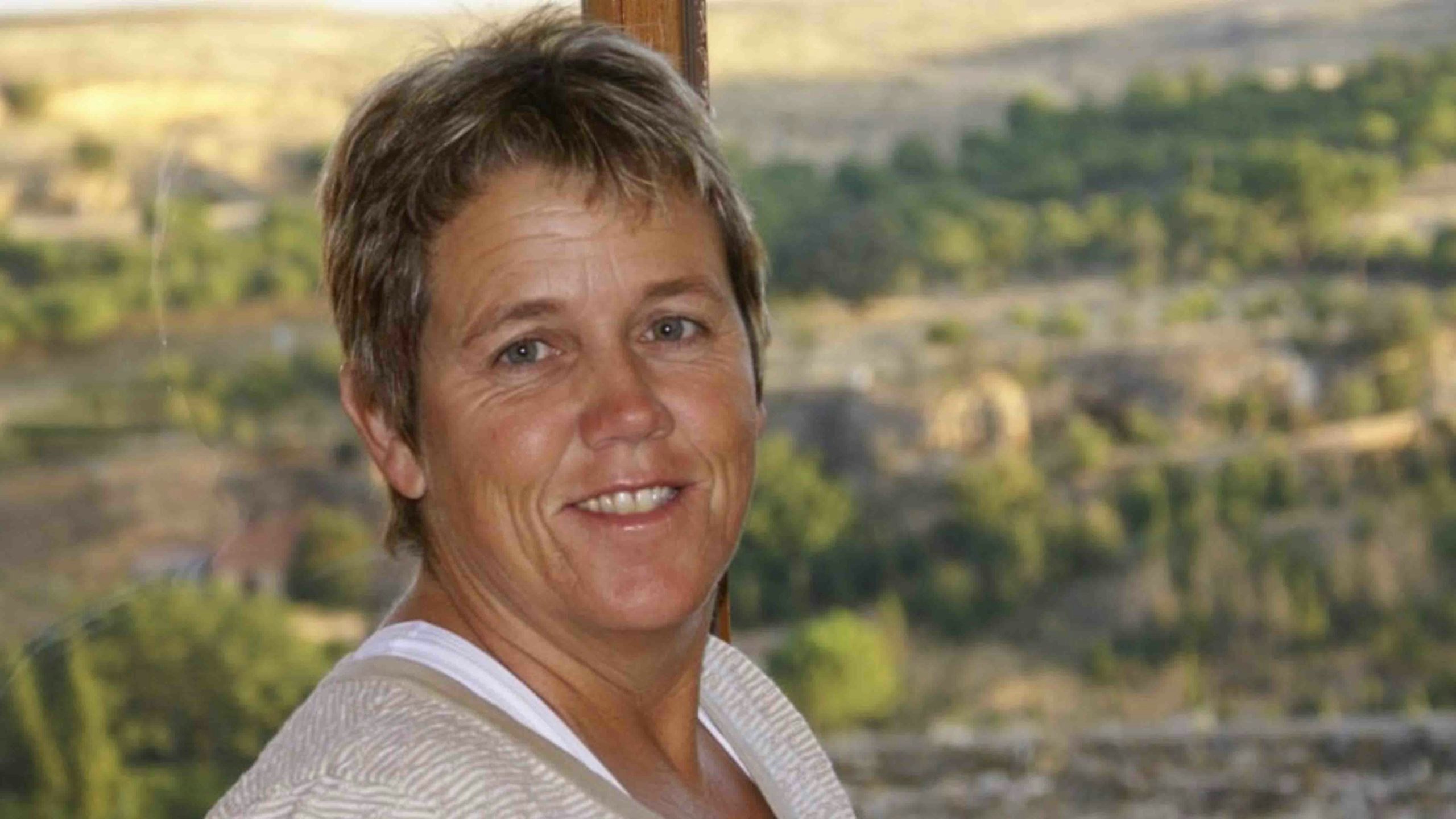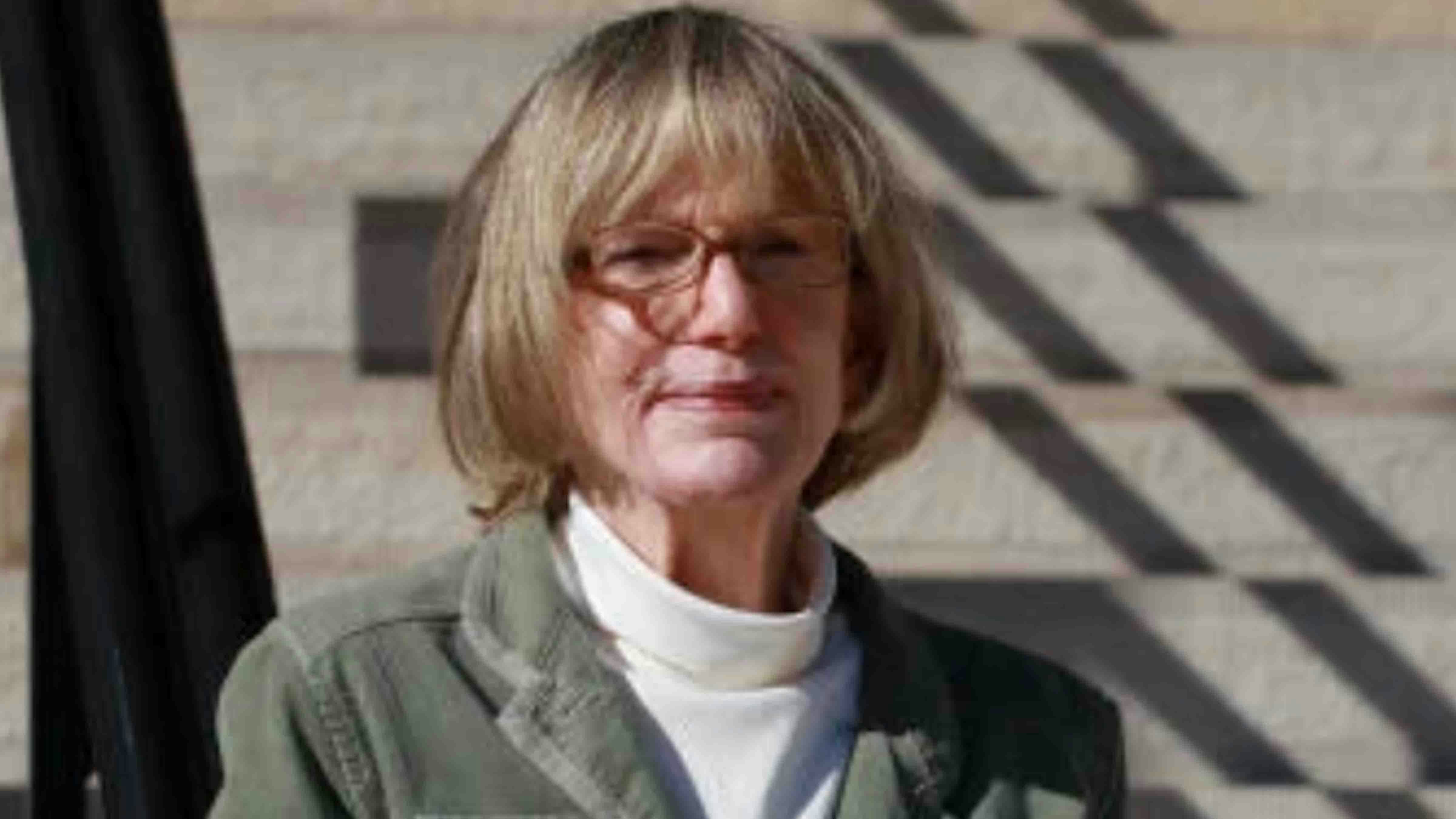I’ve seen the carnage remaining from a bear attacking and eating a beef cow. I’ve discovered, one by one, the bodies of a dozen dead and dying fine-wooled domestic sheep after a wolf pack had attacked their flock during the night. I’ve hurried to staunch the flow of blood from a 100-pound livestock guardian dog severely injured while fighting to keep the wolf pack from killing the sheep she protects.
I know what an attack site looks like when a large carnivore kills domestic livestock. I’ve seen the deep grooves in the ground where the hooved animal tried to escape but was overtaken and dragged down. I’ve read the dark stains and blood splatters on the ground and in the brush to learn the story of how the attack went down.
I know the distinct smell at an attack site, that specific mixture of blood and stress and adrenaline – to the extent that it remains imbedded in my nasal memory, subject to recall with as strong a distinction as the smell of sagebrush after a rain, or the aroma of honeysuckle on the vine. I know that smell.
I know these things because I’ve been witness to them. In the aftermath, I’ve been numb, I’ve cried, I’ve despaired, and I’ve raged. I’ve been there.
But I’ve never been present at the location of a human death from a large carnivore attack. I’ve read the investigators reports and seen photographs of attack sites after the victim’s body has been removed, and images of attack sites with the victim’s body still present but draped.
In only one case have I viewed photos of the scattered remains of man who was killed by a grizzly bear, and those images haunt my memory as something I am unable to forget – nor should I.
Attack investigators and emergency responders are my friends and neighbors, and they bear witness to these scenes, draping the bodies to afford the victims a level of privacy and dignity, albeit in death.
The victim’s families and loved ones are generally spared from the images though, God help them, others witness the attacks and aftermath in person. For all I’ve witnessed at kill sites, I’ve never faced the trauma of a human death to a wild animal. But I know the trauma exists.
While the public celebrates wildlife success stories such the biological recovery of large carnivore populations in the American West, those successes have been accompanied by profound yet largely untold stories.
Each human fatality to a wild animal briefly makes news headlines while investigators attempt to learn the specifics of the attack and the factors that led to it, and we’re repeatedly told that such attacks are rare. Once the wild animal responsible for the attack is dealt with (usually by lethal removal, or if the animal simply moves off), the conflict is “resolved” and story ends.
But that conclusion is hubris, for an entirely new composition has just begun for the families of the victim, for those who survive the attack, and for entire human communities that live alongside dangerous predators. It’s this story, the personal and social impacts of traumatic encounters with wild predators, that is neglected and remains largely unexamined and untold.
In an opinion column in Frontiers in Psychology, Dr. Simon Poole of the University of London argues that compassion for both wild animals and the humans living alongside them should be integral to wildlife conservation. In attempt to learn of the traumatic aftermath and in some cases, life-changing impacts of wild animal attacks, Poole interviewed survivors of crocodile attacks in India, as well as the family members of victims of fatal attacks.
Poole reasoned that to advocate for the survival of crocodiles in habitats shared with humans, “then I needed to understand the consequences for those on the ‘sharp end’ of crocodilian conservation.” His interviews reveal that for some victims of attacks that were deemed “minor,” there were life-changing consequences, including economic loss, loss of future life possibilities, disability, phycological impacts, and devastating fear and grief.
Poole seemed surprised that relatives of victims showed him photographs of their injured loved ones after the attacks. He wrote: “It seems impossibly grim that they cling to this evidence of their final memories of their loved ones. For the conservationist, absorbing relatives’ grief, and witnessing the often horrific images of damaged corpses, also takes a toll. I feel it is a necessary one, particularly where conservationists and supporters of conservation live far removed from the consequences of their successful efforts to conserve dangerous wildlife.”
Poole’s essay raises crucial ethical questions from those untold stories. We have compassion for the plight of beleaguered animals, but how far does empathy extend toward the humans that are half the equation in “human-wildlife” conflicts?
When conservationists consider management of “human-habituated” wild predators like grizzly bears in rural communities, how much consideration is given to the stress levels and adverse effects on the humans where these interactions with dangerous animals, and their consequences, unfold?
It may surprise some to learn that in the interviews documented by Poole, many survivors did not bear ill will against the animals responsible for their losses, and one man now helps to educate others about how to live more safely with crocodiles and assists in crocodile rescue.
He began this work after his only daughter had been killed by a crocodile as she washed a pot in the pond outside their home. Yet others resent the presence of dangerous animals, dislike the lack of control over their shared environment where a dangerous and protected animal lives, and hold conservationists responsible for preventing attacks, he wrote. Can we empathize with each of these perspectives?
Poole suggests, “it is nonsensical to consider compassion in conservation without thinking in terms of the communities of humans and non-humans where interactions and their consequences unfold.”
Until the troubling aftermath of wild animal attacks on human victims are revealed through their stories, truly compassionate conservation will remain a fable.
Cat Urbigkit is an author and rancher who lives on the range in Sublette County, Wyoming. Her column, Range Writing, appears weekly in Cowboy State Daily.





